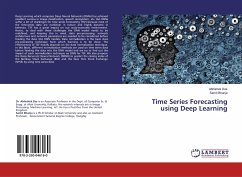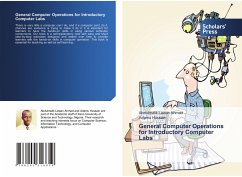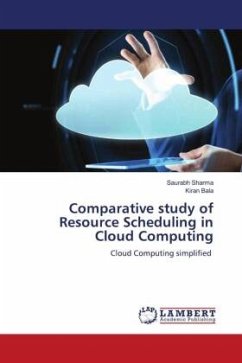
An Introductory Study on Time Series Modeling and Forecasting
Versandkostenfrei!
Versandfertig in 6-10 Tagen
32,99 €
inkl. MwSt.

PAYBACK Punkte
16 °P sammeln!
Modeling and forecasting of time series data has fundamental importance in various practical domains. The aim of this book is to present a concise description of some popular time series forecasting models with their salient features. Three important classes of time series models, viz. stochastic, neural networks and support vector machines are studied together with their inherent forecasting strengths and weaknesses. The book also meticulously discusses about several basic issues related to time series analysis, such as stationarity, parsimony, overfitting, etc. Our study is enriched by prese...
Modeling and forecasting of time series data has fundamental importance in various practical domains. The aim of this book is to present a concise description of some popular time series forecasting models with their salient features. Three important classes of time series models, viz. stochastic, neural networks and support vector machines are studied together with their inherent forecasting strengths and weaknesses. The book also meticulously discusses about several basic issues related to time series analysis, such as stationarity, parsimony, overfitting, etc. Our study is enriched by presenting the empirical forecasting results, conducted on six real-world time series datasets. Five performance measures are used to evaluate the forecasting accuracies of different models as well as to compare the models. For each of the six time series datasets, we further show the obtained forecast diagram which graphically depicts the closeness between the original and predicted observations.












